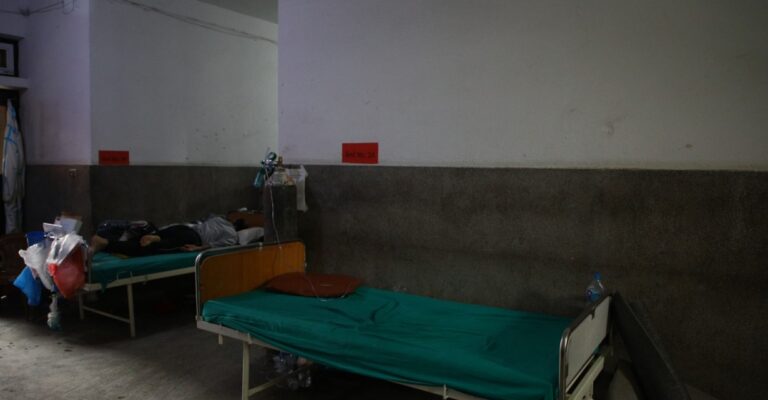
With the onset of flu season, the number of people falling sick due to fever, cold and allergies are on the rise across Nepal.
COVID-like symptoms but negative PCR test results have confused many.
Samanta Ghale was down with running nose, 102 fever and body aches. Scared that she might have contracted COVID-19, she went for PCR test two times. “I got tested two times just to be sure. But when both tests came back negative, my doctor suggest that I get tested for flu. And the flu test came back positive,” she said.
The symptoms of flu and COVID-19 are similar, so it can be stressful. According to Dr Abhinav Neupane, a general physician, flu is a disease caused by the influenza virus which can be broken down into sub-types depending on the genes that make up the surface proteins.
“Over the course of a flu season, different types (A & B) and subtypes (influenza A) of influenza circulate and cause illness. Influenza A and B viruses are responsible for seasonal flu epidemics each year,” said Neupane.
Although flu affects people of all ages, children under the age of five and senior citizens over the age of 65, pregnant women and those at the risk of developing asthma, diabetes, cancer, HIV / AIDS and heart disease are at high risk.
In Nepal, January-February and rainy days during July-August are known as flu season. It is important to pay attention to one’s hygiene to avoid contracting flu.
Similarly, risk groups can get vaccinated against flu and the shot works for one year.
As both COVID-19 and flu are caused by viruses, fever, difficulty breathing, coughing, sore throat, headache, body aches, lethargy, nausea, diarrhea, and loss of taste and smell are common symptoms of the both the viruses.
Likewise, the transmission process of both viruses are similar. When one get in contact with an infected person, the virus can spread through saliva droplets.
People with both flu and COVID-19 should pay attention to personal hygiene and cover their mouths when coughing.
According to data with the National Public Health Laboratory, of the 2,915 samples tested in 2020, 661 tested positive for influenza A and 31 tested positive for influenza B.
Of the 3,016 samples tested, 150 tested positive for influenza A and 8 for influenza B as of 30th week in 2021.
According to the World Health Organization’s Influenza Statistics in Nepal, the number of flu patients has been increasing for the past 21 weeks.






